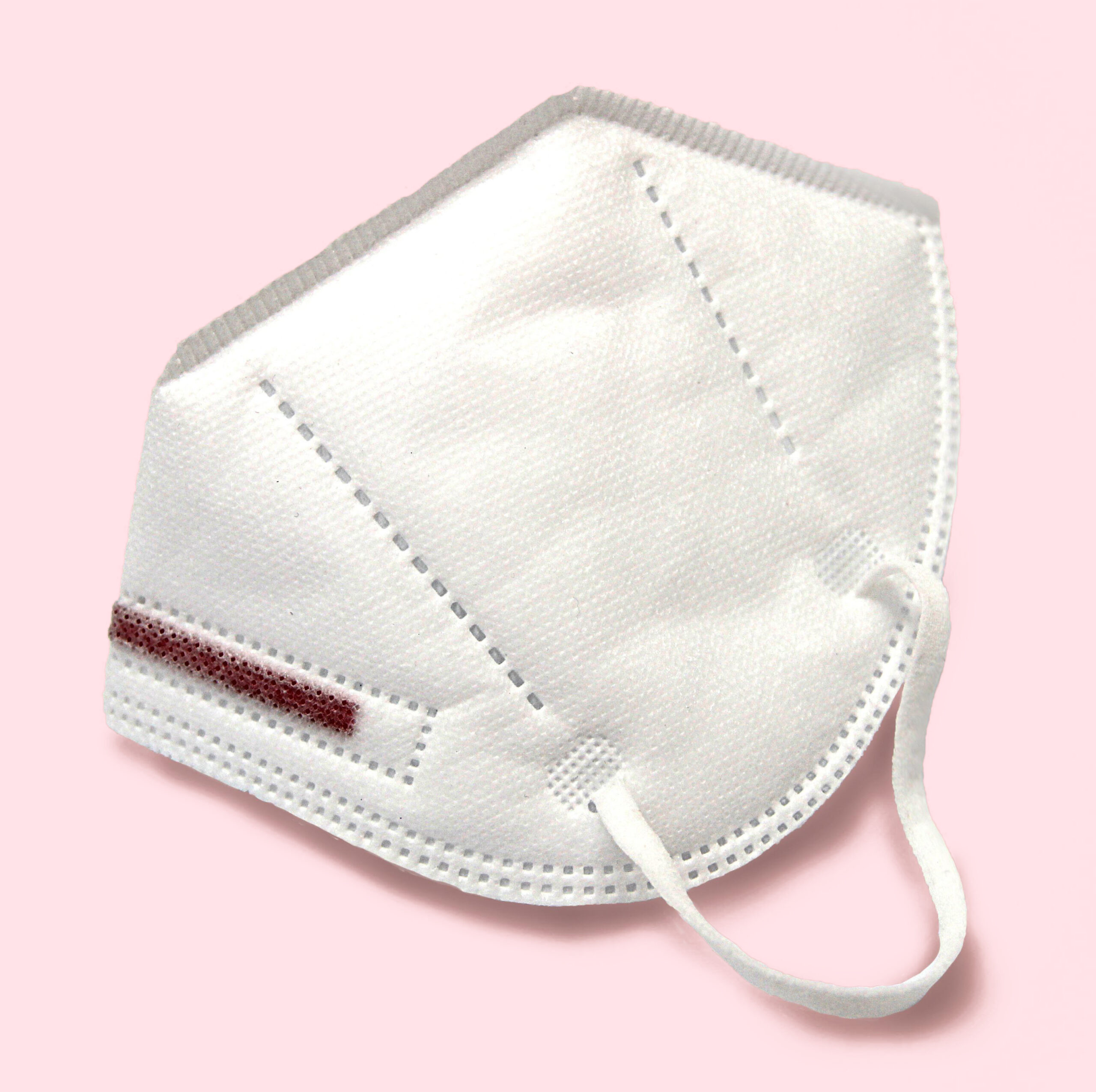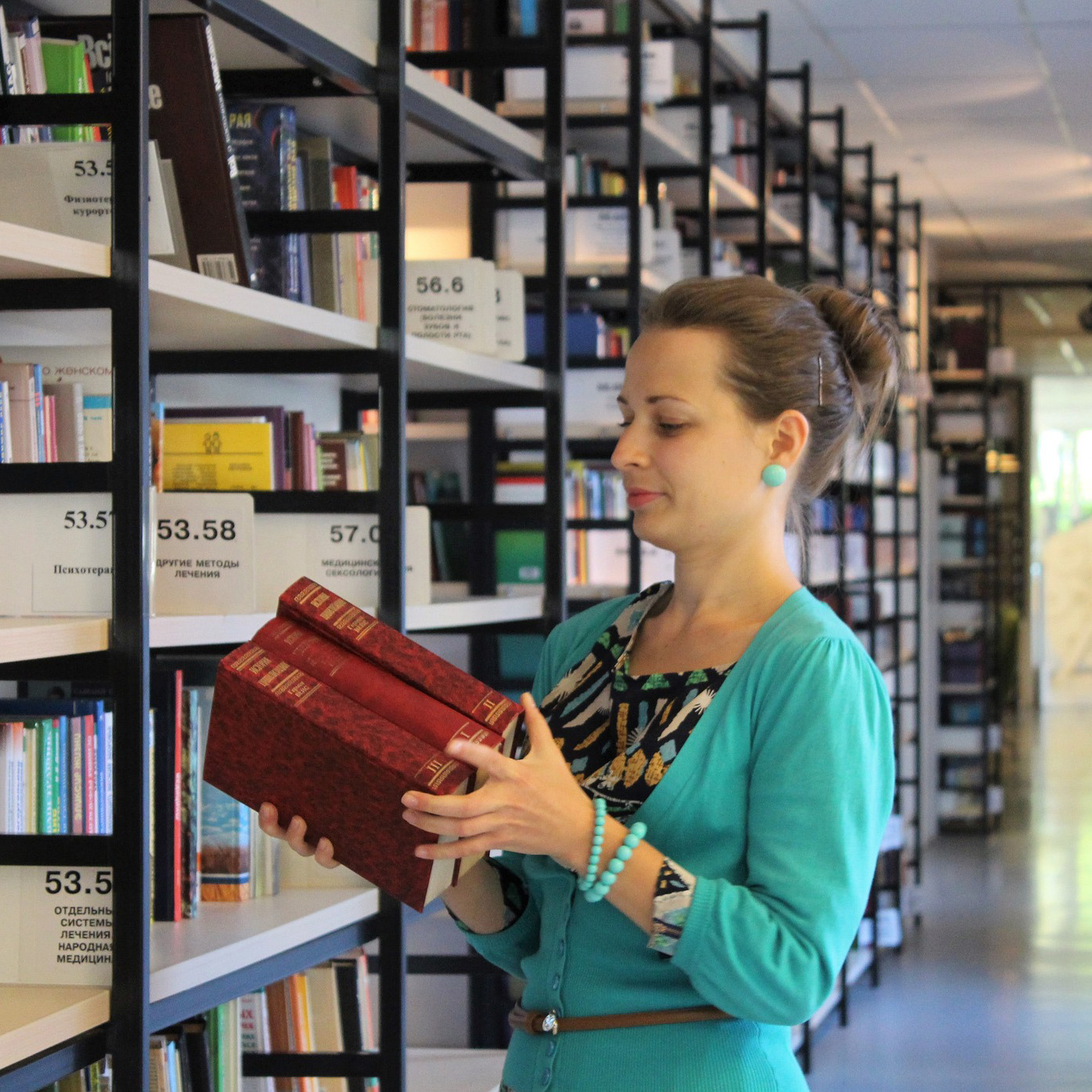Analysis of mold and air quality in offices
Ensuring good air quality is vital, not only for the well-being of employees and occupants, but also for optimizing industrial processes. A healthy atmosphere can boost your company’s production and profitability. What’s more, legislation requires us to guarantee a healthy environment for all workers.
Regulations for public establishments in France
Since 2015, evolving public establishments regulations have made it possible to monitor concentrations of certain chemical air pollutants in day nurseries, schools and other educational establishments.
In addition to these directives, microbiological monitoring of the air ensures the protection of occupants’ health.
For companies, there is no Occupational Exposure Limit (OEL) for molds and bacteria. However, labor legislation requires employers to take all necessary measures to protect the health of their employees.
Controlling exposure to bacteria and mold in the workplace
Some activities (sanitation, salting, etc.) can generate aerosols with a high concentration of micro-organisms.
In order to prevent short- or long-term risks to field operatives, microbiological air monitoring provides information on bacteria and mold concentrations and enables risk levels to be assessed for each process action.
The collected information can be used to define risk levels and adapt work habits or define the PPE (Personal Protective Equipment) to be used.

Molds on work surfaces
The presence of mold in the air or on surfaces in a working environment can contaminate food or manufactured products. This deterioration can lead to loss of production and damage to the company’s image.
This contamination can show itself in several ways:

Visually
With the appearance of spots or discoloration
Olfactively
with an unpleasant odour or a change in taste
Structurally
by altering the intrinsic properties of the finished product.

Mold-related symptoms in employees
The presence of mold in the air can lead to a variety of symptoms in those exposed. These symptoms vary according to the concentration of mold in the environment and the general state of health of each individual.
Here are the main symptoms associated with mold exposure:
- Irritation of the upper respiratory tract (eyes, nose, throat)
- Red, itchy, watery eyes
- Coughing
- Itching and skin irritation
- Breathing difficulties
In some cases, exposure to mold can lead to more serious complications, such as pulmonary aspergillosis, caused by Aspergillus fumigatus, or hypersensitivity pneumonitis.
The consequences of a mold-contaminated working environment
Ensuring impeccable air quality is therefore essential to employee well-being and business performance.
Employee absenteeism due to health problems
Absenteeism at work can often be linked to health problems caused by mold in the air.
These invisible micro-organisms can cause allergies, respiratory infections and other illnesses, leading to increased absenteeism and lower productivity.
Loss of production due to product contamination
The presence of mold in industrial installations (food processing, materials, etc.) can lead to considerable production losses. In the food industry, these micro-organisms can contaminate raw materials and finished products, making food unfit for consumption.
In addition to causing direct financial losses, mold can also damage a company’s reputation and lead to costly product recalls.
What to do when in doubt about air quality?
Microbiological air quality is a complex issue, involving the analysis of compounds invisible to the naked eye. In case of doubt, it is best to call in a professional who can help you understand the situation and implement an action plan to reduce nuisances.
At Conidia Coniphy, we offer personalized support:
- A telephone consultation to assess your needs
- Development of a sampling plan and quotation
- On-site intervention
- Laboratory analysis
- Writing of a detailed report
- Post-remediation follow-up to validate actions taken.
Simple actions to prevent mold proliferation
Once the origin of mold or other micro-organisms has been detected, it is essential to treat contaminated areas to eliminate them. However, without making changes to the building or work habits, mold can reappear in the air and cause further damage.
By adopting these practices, you can significantly reduce the risk of mold proliferation, protect the quality of your products and ensure a healthy working environment for employees.
Regularly maintain ventilation systems
Make sure filters and ducts are clean and working properly by testing air handling systems.
Limit humidity in rooms
Keep humidity levels below 60% wherever possible. Use dehumidifiers if necessary.
Regularly clean work areas
Remove dust and debris that can encourage the growth of micro-organisms.
Quickly repair water leaks
In the event of water damage, repair the leak immediately and dry out the affected walls and surfaces.
Conidia Coniphy, the microbiological analysis laboratory that takes effective action against your molds
With years of experience and a team of passionate experts, Conidia Coniphy is your trusted partner for all your air quality concerns. We are committed to providing tailor-made solutions, adapted to your specific needs, while guaranteeing reliable and accurate results.
Our proactive approach and attention to detail enable us to offer you a superior service, ensuring a safe and healthy environment for your employees, visitors or products.
Our solutions associated with microbiological analysis of air
Microbiological tests on air purifiers and filters
Analysis of mold in the air
Let's work together !
If you have any needs or questions about environmental microbiology, contact us and we'll provide you with the answers you need.
